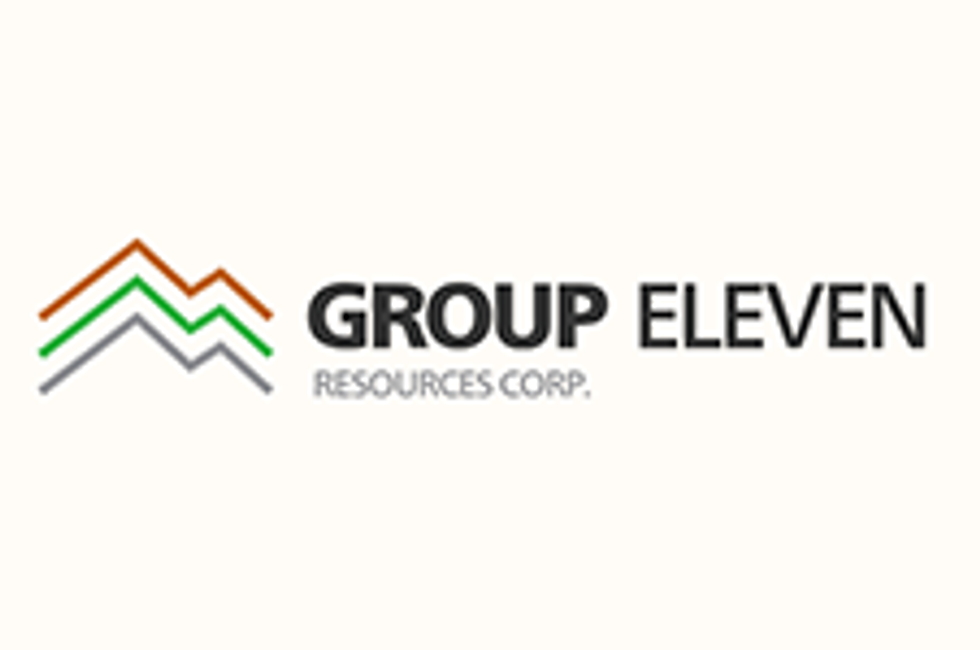As the biggest consumer of refined zinc, news of China’s declining industrial output has pushed zinc prices lower on fears of the consequences for the global economic recovery.
By James Wellstead – Exclusive to Zinc Investing News
China accounted for more than 40 percent of the world’s refined zinc consumption in 2010. A recent report pegs China’s growing zinc demand as a key driver in reducing surpluses and driving prices higher over the next three years. However, this week’s news of China’s declining industrial output has pushed zinc prices lower.
Current demand weakness
Refined zinc prices fell on the London Metals Exchange below US $2,000 per ton today, its lowest levels since August 26 of this year. Zinc was not alone in its fall as most metals have slumped in the past two days coinciding with the launch of the US Federal Reserve’s latest attempts to spur short-term investment. While some point to the launch of the Fed’s “Operation Twist”—a swap of US $400 billion in short-term Treasury holdings for six to ten year, long-term treasuries—as the cause of the sell-off, Ezra Klein of the Washington Post instead suggested that “the markets had known about Operation Twist for weeks. Almost all of the policy was priced into the market before the announcement.”
Klein believes that concerns over European banks, Chinese growth and a stern economic outlook for the US played a much greater role in the sell-off.
Specifically, worries over China’s shrinking Flash Manufacturing Purchasing Managers Index (PMI) numbers in September have raised concerns amongst investors who see China as an important pillar in maintaining global growth prospects. The PMI, a monthly survey of private manufacturing firms, slid to 49.4 from 49.9 in August, suggesting that industrial production in the world’s second-largest economy is slowing. Levels below 50, where China has been hovering for the past three months, indicate a contraction in manufacturing output.
Demand for zinc, primarily used to galvanize and strengthen steel for industrial use, usually follows industrial production and broad global economic growth figures. In 2010, strong manufacturing numbers in Europe and China correlated with a 24 percent increase in European zinc consumption and an 11 percent increase in China. The reaction in zinc price today is therefore a result of the concerns around industrial demand growth.
But with the continued market turmoil in the EU and the US, many investors have placed an increased emphasis on the emerging markets, specifically China, as a key player responsible for shouldering continued global economic growth.
Chinese growth still strong
Current Chinese manufacturing numbers have fallen slightly as a result of declining demand from EU and US markets, but analysts maintain that Chinese domestic demand remains resilient. Qu Hongbin, China economist at HSBC, believes that fears over declining exports leading to a hard landing are “unwarranted” as imports have grown and “official trade data still show solid export growth.”
HSBC believes that a PMI reading of as low as 48 in China still points to annual industrial output growth of 12-13 percent industry sector and a 9 percent increase in GDP as China’s industry sector accounts for about 40 percent of the country’s GDP. Other industry watchers have suggested that this continued growth could also do much to reduce current record level zinc stockpiles and begin to restore zinc prices over the longer term.
Metal market research and consulting firm Beijing Antaike Information Development Co. recently released a report co-authored with Sweden based Raw Materials Group, projecting that zinc may climb as high as US $2,800/ton by 2014 on the back of Chinese-led demand. “The rapid development of China’s industrialization and urbanization will support zinc consumption in the next five years,” the report said, projecting that demand will outstrip supply by 100,000 tons by 2013 and 150,000 tons by 2014.
Currently, extensive surpluses remain piled in LME warehouses, but levels have been falling. Stocks ended August at 855,850 tons, down from 894,825 in July, their highest level in 16 years. However, deliverable Shanghai zinc stocks have been moving higher, up to 417,784 tons at the end of August from 400,571 tons in July, suggesting a current reluctance to exchange future contracts for delivery of zinc.
2011 on the whole has been a weak year for the zinc. In May of this year, BNP Paribas (EPA:BNP) said that zinc was the base metal most likely to underperform, as stockpiles had already increased by 250,000 metric tons up to that date. Since then, surpluses have come down some, but continued mine production are expected to keep supply strong until 2013 when a number of key sources will be come offline.
Securities Disclosure: I, James Wellstead, hold no direct investment interest in any company mentioned in this article.

